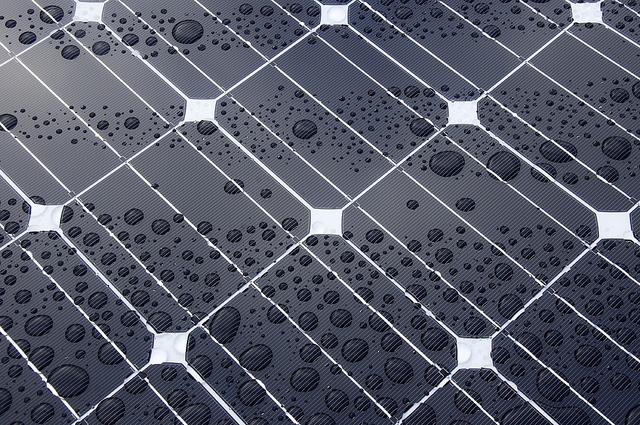Uneven color on the surface of solar panels can be caused by several factors.
- Dirt and Dust: Accumulation of dirt, dust, pollen, and other airborne particles on the surface of solar panels can create uneven coloration. These particles can block sunlight from reaching certain areas of the panel, causing variations in energy production and color differences.
- Shadowing: Shadows cast on the surface of solar panels, whether from nearby objects, trees, or other structures, can cause uneven coloration. When parts of the panel are shaded, they produce less electricity, which can result in a variation in color due to reduced efficiency in those areas.
- Aging and Wear: Over time, solar panels can undergo wear and tear, and their efficiency may decrease. This can lead to variations in color as some areas of the panel may degrade or discolor more rapidly than others.
- Manufacturing Variations: Minor variations in the manufacturing process can also lead to differences in color on the surface of solar panels. Variations in the composition of materials, the thickness of protective coatings, or other factors during production can affect how sunlight interacts with the panel’s surface.
- Microcracks and Defects: Microcracks or defects in the solar panel’s surface can lead to color variations. These imperfections can affect the way light is absorbed and reflected, resulting in different colors in those areas.
- Environmental Factors: Exposure to harsh environmental conditions, such as extreme heat, UV radiation, or moisture, can cause degradation of the panel’s surface and result in uneven coloration.
- Cleaning Methods: Cleaning methods and cleaning agents used on solar panels can also impact their surface color. Abrasive or harsh cleaning practices may cause scratches or damage that affect color consistency.
It’s important to note that while uneven color on solar panels may be visually unappealing, it doesn’t necessarily indicate a significant reduction in the panel’s overall performance. To maintain optimal efficiency, regular cleaning and maintenance are recommended to minimize the impact of factors like dirt, dust, and shadowing. If you notice significant changes in panel coloration, it may be a good idea to have the panels inspected by a professional to identify any underlying issues.


